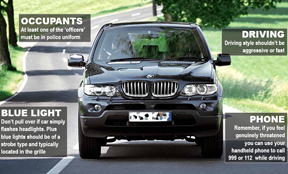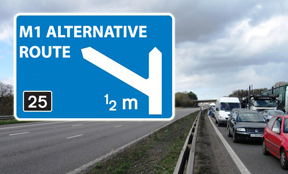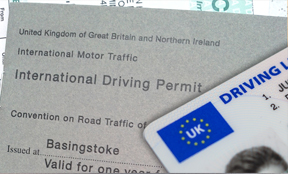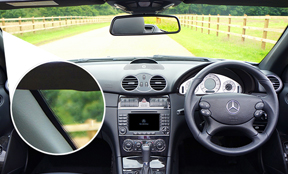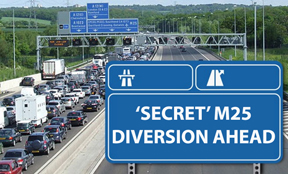
Do you know what the codes and other details on the front and back of your UK driving licence mean? Finding out could help avoid big fines and even get you driving vehicles you thought you weren't allowed to - such as camper vans.
Here motoring journalist and expert Pete Barden looks at what some of the important and popular codes mean to help you read and understand your licence.
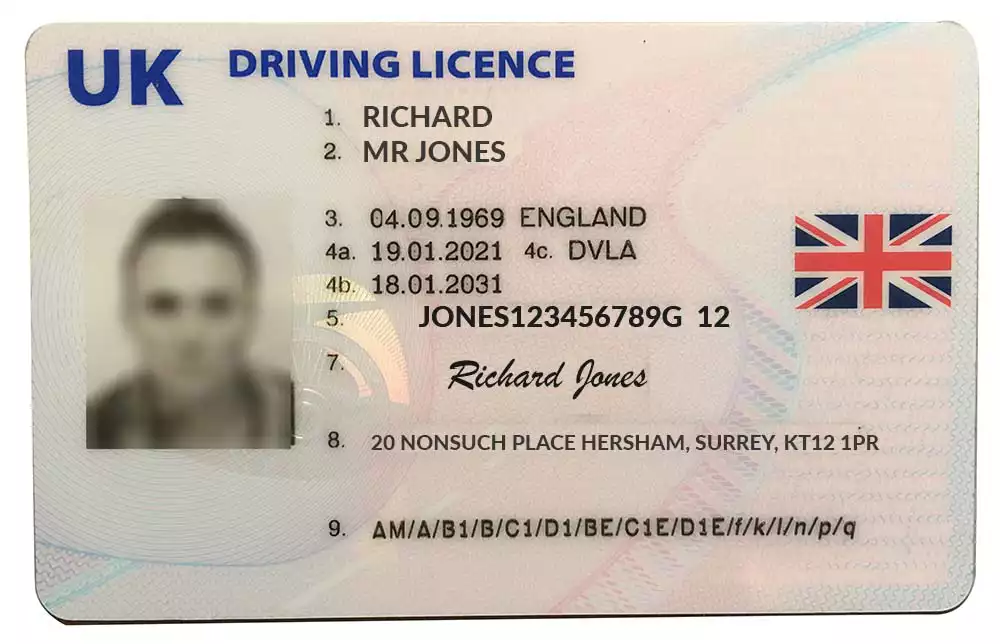 Here are the sections on the front of a UK driving licence.
(Credit Pete Barden)
Here are the sections on the front of a UK driving licence.
(Credit Pete Barden)
What the front of your licence means
Here’s what the sections say about you and your driving.
Your Details
Section 1: Your surname
Section 2: Your first and middle name
Section 3: Your date of birth and where you were born
Details and expiry date of your licence
Section 4a: This is the date your licence became valid
Section 4b: This section labelled 4b is the date when your photocard ceases to be valid – and will need to be renewed with the DVLA. You will typically have a date showing you must renew your driving licence at 70 years old
Section 4c: Where the driving licence was issued
Section 5: Your individual driving number
Section 7: Your signature
Section 8: Your address – if this is wrong, you could be fined £1,000
Section 9: These are the categories of vehicles you can drive all listed in one place. The reverse of the driving licence explains these in greater detail – as have we, below.
Subscribe for free motoring and travel news here - support independent journalism
What the back of your licence means
There are four columns on the rear of your licence, here is what each means.
 Here are the categories and columns for dates they are active
(we have blurred the dates to protect the licence holder's privacy. (Credit Pete Barden)
Here are the categories and columns for dates they are active
(we have blurred the dates to protect the licence holder's privacy. (Credit Pete Barden)
Column 9: The types of vehicle you are allowed to drive
Columns 10: and 11: From and to dates that you can drive the vehicles listed in column 9 – if applicable. No date means you can’t drive or ride that category.
Column 12: lists limitations you may have specific to that category
Licence categories for motorbikes
AM: This category applies to mopeds, meaning you can drive two-wheeled or three-wheeled vehicles at a maximum speed of 28mph - including quad bikes. You must be at least 16 years old to hold an AM licence and have passed your motorbike theory and practical test.
A1: Allows holder to ride motorbikes with an engine of up to 125cc with a power input up to 11kW, and tricycles with a power input up to 15kW. To hold this, you need to be at least 17 and have passed your motorbike theory and practical test.
A2: Motorbikes up to 35kW and you must be at least 19 years old and have taken your theory and practical test.
A: Holders can drive any bike of any size or engine. You must be 24 years old to get this licence or 21 years old if you’ve held your A2 licence for more than 2 years and have passed both a motorbike theory and practice test.
Licence categories for cars
B1: You can drive a vehicle with 4 wheels up to 400kg unladen or 550kg if designed for carrying goods.
B: This on your licence allows you to drive a manual or automatic car, or both if you passed using a manual car.
Licence categories for lorries and buses
C1: You can drive vehicles between 3,500 and 7,500kg maximum authorised mass (MAM) - with a trailer up to 750kg
C: You can drive any vehicle over 3,500 kg - with a trailer up to 750kg MAM
D1: You can drive minibuses with no more than 16 passenger seats, a maximum length of 8 metres and a trailer up to 750kg.
D: You can drive any bus with more than 8 passenger seats and a trailer up to 750kg.
Licence categories for trailers
BE: Allows drivers who passed their driving test after 1st January 1997 to tow trailers up to 3,500 kg MAM with a standard driving licence without of passing any additional tests or qualifications.
C1E: Lets drivers drive C1 vehicles with a trailer of over 750 kg. The combined weight can’t exceed 12,000kg MAM.
CE: Same as Category C apart from it allows you to tow a trailer over 750kg.
D1E: Means you can drive D1 minibuses and tow a trailer over 750kg with a weight not exceeding 12,000kg MAM.
DE: Allows you to drive buses seating more than 8 passengers together with towing a trailer over 750kg
Common driving restrictions on your licence
Look out for these in column 12 on the rear of your licence. You must comply with them or risk fines.
01 – Eyesight correction (i.e. the use of glasses whilst driving)
02 – Hearing Aid
40 – Modified Steering
78 – Restricted to automatic transmission vehicles
105 – Vehicle no more than 5.5m long
115 – Organ donor
Where can I check for penalty points?
If you have the old green or pink paper driving licence, you will see them written on it. The new photocard licences don’t, so you will need to use the online tool to check your licence for penalty points.
Find out more about licence codes and categories here at the Gov.UK DVLA website.
What does the traffic light sign on the back mean?
Most read motoring content
Take a look at more of our top motoring-related content here...
-
How much is road tax going up on 1 April?
-
What happens to a car when the owner dies?
-
Will I get a speeding ticket after being flashed
-
Do I need to wear a mask in my car under Plan B restrictions?
-
Can I be fined if the car park ticket machine is not working?
-
Is the M6 Toll Road free on Christmas Day?
-
How much is the Tamar Bridge toll and when do I need to pay it?
-
Do I need an electric car licence and driving test in the UK?
-
How can I find out who owns a car
-
Will I get a 6-month MOT extension because of the new Omicron variant this Christmas?
-
Do I need an international driving permit for France and Spain
-
How to spot a fake undercover police car
-
Is my green paper driving licence still valid and how much to swap for a photocard?
-
Can I drive in sliders in the UK - with or without socks
-
Electric car charging points at UK airports for public use
-
Are electric scooters a good Christmas present - find out the driving rules here
-
Are my sunglasses legal for driving?
-
Secret parking offences you're committing revealed
-
How old are my tyres - find out instantly here
-
What are the black dots on my windscreen for?
-
How far and how fast can I drive on a space saver spare wheel
Author: Pete Barden:
Twitter: @pete_barden
Pete Barden is a qualified journalist who has written and produced for publications including The Sun (thesun.co.uk), New Statesman Media Group, Whatcar? (Whatcar.com) Stuff Magazine (Stuff.tv), Fastcar Magazine (Fastcar.co.uk), Maxim Magazine and UK broadcast stations within the Heart network (Formerly GCAP). Pete specialises in motoring and travel content, along with news and production roles. You can find out more about Pete Barden on LinkedIn.
Read all articles by Pete Barden







